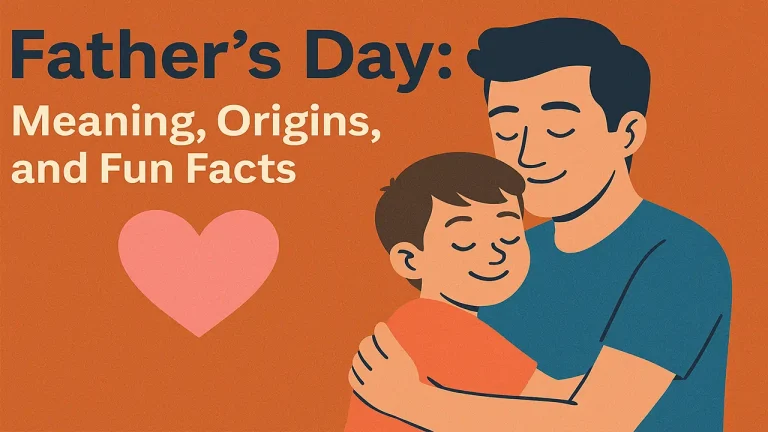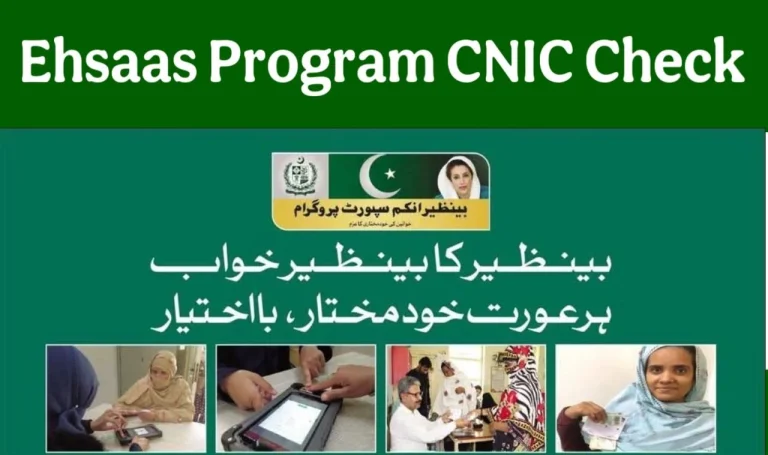BISP Rs 500 Education Stipend Increase from January 2026 | Full Details & Eligibility

The Benazir Income Support Programme (BISP) has become a lifeline for millions of low-income families across Pakistan. Through regular cash assistance and educational support, it has helped vulnerable households manage basic expenses and encouraged children to continue their schooling.
Now, a new proposal is under serious consideration: increasing education stipends by Rs 500 per child, starting from January 2026. This addition would be in line with the government’s ongoing efforts to expand social protection and adjust payments in response to rising inflation.
At the same time, the quarterly family cash assistance is already set to rise from Rs 13,500 to Rs 14,500 in the same month. Together, these increases could significantly improve the financial stability of beneficiary households, helping them invest more in their children’s education and well-being.
The Background – Why This Change Matters Now
The economic situation in Pakistan has placed additional strain on families who were already living close to or below the poverty line. Essentials like food, electricity, transport, and school supplies have become more expensive, stretching household budgets to their limits.
BISP, through its Taleemi Wazaif program, already offers cash stipends for school-going children. These payments are conditional, meaning families must ensure children attend school regularly to continue receiving the funds. However, as prices rise, the current stipend amounts have struggled to keep pace with real education costs.
Government policymakers believe that by adding Rs 500 per child, they can:
- Cover more of the actual cost of education.
- Prevent families from withdrawing children from school for work.
- Promote higher school attendance, especially among girls.
- Strengthen the role of women as the primary recipients of BISP funds.
Details of the Proposed Increase
1. Main Quarterly Assistance
- Current amount: Rs 13,500 per quarter.
- New amount: Rs 14,500 per quarter.
- Effective date: January 2026.
This increase is designed to address rising living costs, giving families more breathing room to handle daily expenses.
2. Education Stipend Addition
- Extra amount: Rs 500 per child, per quarter.
- Applies to all eligible school-going children of registered BISP women beneficiaries.
- Covers primary, middle, secondary, and higher secondary levels.
Who Will Benefit From the Increase?
This proposal is targeted at the most vulnerable households in Pakistan — families already enrolled in BISP and meeting eligibility requirements.
Key beneficiary groups include:
- Women beneficiaries who are heads of households or primary caregivers.
- Families in rural and remote areas where poverty levels are high.
- Households with multiple school-going children who face higher education costs.
- Girls in education, who may receive slightly higher stipends under gender-support policies.
Why This Increase Is a Big Deal for Families
1. Helps Cover Education-Related Costs
School is not just about fees — there are uniforms, shoes, books, stationery, transportation, and exam fees. Even a modest Rs 500 per child can help bridge the gap for families with tight budgets.
2. Keeps Children in School
One of the biggest causes of dropout is financial pressure. By making education more affordable, this stipend encourages parents to prioritize schooling over child labor.
3. Strengthens Women’s Role in the Family
BISP transfers funds directly to women, giving them more control over spending decisions, particularly when it comes to their children’s education and health.
4. Reduces Long-Term Poverty
Educated children have better employment opportunities, which helps break the cycle of poverty that affects multiple generations.
Estimated Education Stipend After Increase
| Education Level | Current Stipend | New Stipend (After Rs 500 Increase) |
|---|---|---|
| Primary (Girl) | Rs 2,000 | Rs 2,500 |
| Secondary (Girl) | Rs 3,000 | Rs 3,500 |
| Higher Secondary (Girl) | Rs 4,000 | Rs 4,500 |
These are projected figures based on current payment structures. Actual amounts may differ when the policy is finalized.
Implementation Timeline
The stipend changes are expected to follow this schedule:
- December 2025 – Official announcement confirming the increase.
- January 2026 – First quarterly payments at the new rates begin.
- Ongoing – Monitoring and adjustments based on government budget allocations and inflation trends.
How Families Can Prepare
To ensure you receive the new payments:
- Confirm your BISP registration is active by checking via the 8171 SMS service or web portal.
- Update your household information if there have been changes in address, number of children, or payment method.
- Ensure children attend school regularly to meet the 70% attendance requirement.
- Keep payment slips or receipts for your records.
Frequently Asked Questions (FAQs)
Will the Rs 500 increase be permanent?
That depends on government policy and budget availability, but once approved, such increases usually continue unless revised.
Does the increase apply to both boys and girls?
Yes, both boys and girls benefit, although girls may get slightly higher stipends in some categories.
Do I have to apply for the new amount?
No, eligible families will automatically receive it if they meet the program’s conditions.
How will I get the payment?
Through the same method you currently use — either cash payment centers, bank accounts, or mobile wallets.
What happens if my child drops below the required attendance?
The education stipend may be paused until attendance improves to the required level.
The Broader Impact on Society
An increase in stipends might seem small on paper, but it can have ripple effects across communities:
- Boosts school enrollment and retention, especially for girls.
- Improves literacy rates in underserved areas.
- Supports economic stability for vulnerable households.
- Empowers women through direct financial control.
- Invests in the future workforce by keeping children in school longer.
Conclusion
If approved, the Rs 500 increase in BISP education stipends — combined with the quarterly cash assistance rise to Rs 14,500 — could be a significant boost for millions of Pakistani families starting January 2026.
By covering more education-related costs and easing the financial pressure on low-income households, this move has the potential to improve school attendance, promote gender equality, and strengthen the country’s human capital for years to come.
Families should make sure their registration is updated, children’s attendance is consistent, and they stay informed through official BISP channels to take full advantage of the changes.
Read this: BISP Removes 1.9 Million Women – August 2025 Dynamic Survey Update & Reapplication Guide
Read this: BISP Keeps PMT Score Limit at 32 for Regular Women Until June 2026






